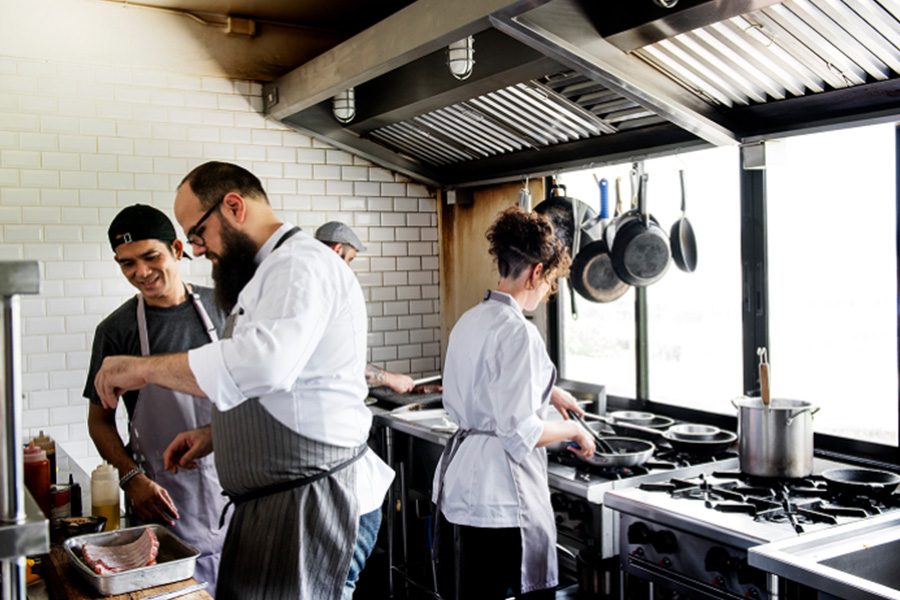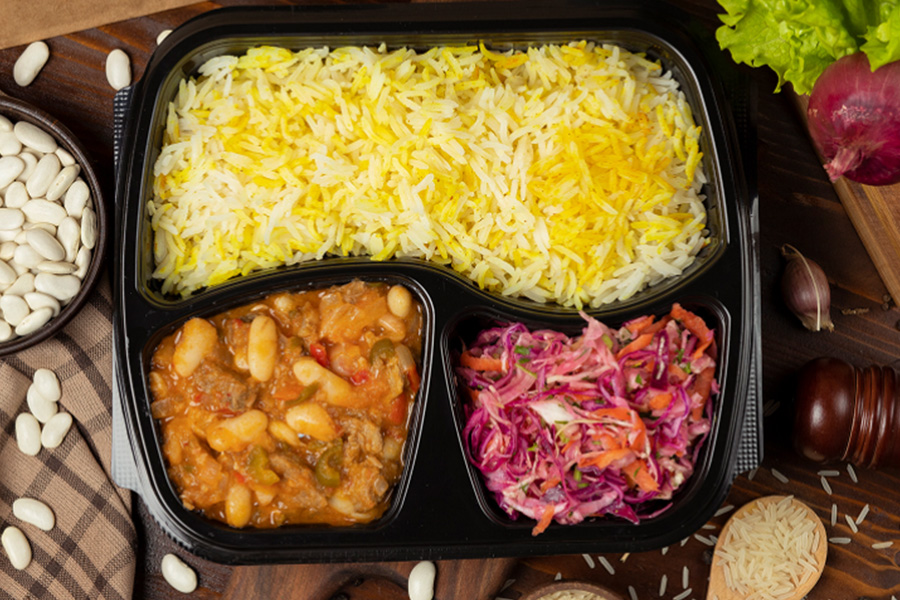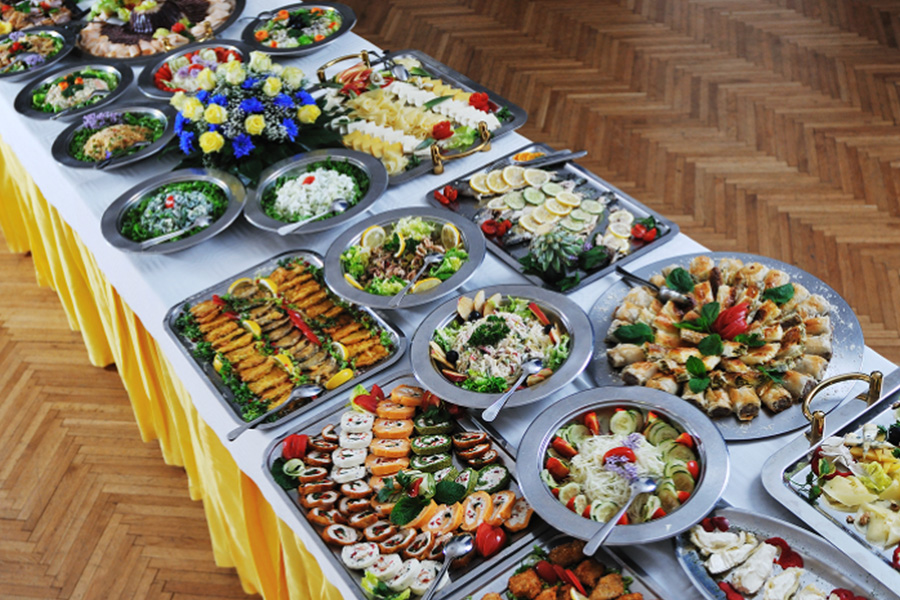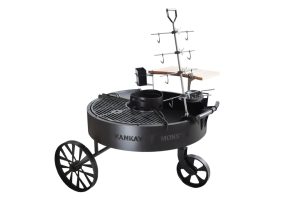Why Industrial Catering Services Fail and How to Fix It
Even in large-scale food operations, consistent performance isn’t always guaranteed. While an institutional caterer supports everything from corporate dining halls to healthcare facilities, problems with quality, hygiene or delivery persist. Many of these issues stem from operational inefficiencies or a lack of proper planning. Fortunately, most are preventable with the right systems in place.
Below are several reasons industrial catering services tend to fall short and how those involved can correct course before it affects customers, clients, or contracts.
Inadequate Food Safety Measures
One of the primary reasons industrial catering services run into trouble is poor food handling practices. When preparing large volumes, it only takes one slip-up in temperature control or cross-contamination for foodborne illnesses to spread.
To fix this, enforce rigorous safety standards across all stages of preparation. Ensure that every staff member receives proper training in HACCP (Hazard Analysis and Critical Control Points) and adheres to sanitisation protocols. A reliable institutional caterer builds routine checks into daily workflows to identify and correct risks early.
Inconsistent Portioning and Quality Control
Large-scale operations sometimes sacrifice quality for volume. Uneven portion sizes, undercooked items, or inconsistent presentation may seem minor, but they quickly erode client trust.
Establish a standardised recipe and portioning system. Use measuring tools and visual charts for every dish to maintain consistency across batches. Supervisors should routinely sample meals to ensure quality control doesn’t falter during peak production.
Inefficient Logistics and Delivery Planning
Late food deliveries or improperly transported meals cause immediate disruption, particularly in institutional settings like schools or hospitals. These failures often stem from poor route planning or equipment not suited for hot or cold transport.
Effective scheduling software and insulated delivery units can significantly improve reliability. Build buffer times into routes and monitor vehicle performance regularly. When institutional caterers manage logistics with care, clients notice the difference in both punctuality and food integrity.
Lack of Customisation for Dietary Needs
Catering to a wide demographic requires more than just a one-size-fits-all menu. Institutions serve people with medical, cultural, or religious dietary requirements, and ignoring these can lead to discomfort or even health risks.
Conduct a needs assessment before rolling out menus. Offer flexible meal components that allow clients to build their plates based on personal requirements. Even within industrial catering services, thoughtful planning around dietary variety is entirely possible.
Overlooking Menu Rotation and Food Fatigue
Repetition in menus may streamline kitchen operations, but it comes at the cost of customer satisfaction. Menu fatigue can reduce meal participation rates, especially in settings like schools or corporate canteens.
Introduce rotating menus that refresh every few weeks and align with seasonal availability. Bring in occasional feedback from diners to understand preferences or dietary gaps. An experienced institutional caterer treats the menu as a dynamic document rather than a static schedule.
Weak Communication Between Kitchen and Client
Breakdowns in communication often lead to unmet expectations. Whether it’s special event catering or daily lunch service, unclear coordination leads to mismanaged quantities, unmet dietary needs, or scheduling conflicts.
Establish regular check-ins with clients, and appoint a point person from the catering team to manage updates or requests. When communication flows, fewer surprises emerge. This also builds long-term confidence in the service provided.
Mismanaged Inventory and Food Waste
Running out of ingredients mid-service or throwing away large quantities of food indicates planning issues. Poor inventory management not only impacts cost but also contributes to waste.
Use digital inventory tracking tools that update in real-time. Set reorder thresholds and monitor ingredient usage patterns over time. Catering teams can dramatically reduce waste and cost by forecasting more accurately.
Undertrained or Overworked Staff
Speed and precision are critical in catering kitchens. However, undertrained or overstretched staff can make mistakes that cascade across the operation, whether it’s incorrect orders, hygiene lapses or cooking errors.
Invest in ongoing training and ensure shift schedules allow for adequate rest. Rotate roles periodically to avoid fatigue or complacency. Teams that feel valued and well-prepared deliver consistently better outcomes, even under pressure.
Failure to Adapt to Scale
What works for 100 diners may collapse when scaled to 1,000. Industrial catering services sometimes apply small-scale processes to large institutions without adapting workflows or staffing accordingly.
Audit operations periodically to assess if systems still support the current client load. Upgrade equipment, revise prep timelines, and allocate tasks more strategically. Being responsive to growth is essential for maintaining service quality.
No Feedback Mechanism in Place
Without honest feedback from end-users, issues go unaddressed for far too long. Many institutions skip post-meal evaluations or dismiss customer suggestions as outliers.
Create an easy way for clients or diners to leave feedback, whether through digital forms, comment cards or a designated staff contact. Use this input to refine menus, improve presentation or streamline delivery. In the long run, this not only fixes problems but also builds a service model around user satisfaction.
Issues in large-scale catering don’t arise from bad intentions. They often stem from overlooked processes or poor planning. Contact Pro*3 Catering to ensure your industrial catering services stay efficient, safe, and client-ready.





Post Comment
You must be logged in to post a comment.